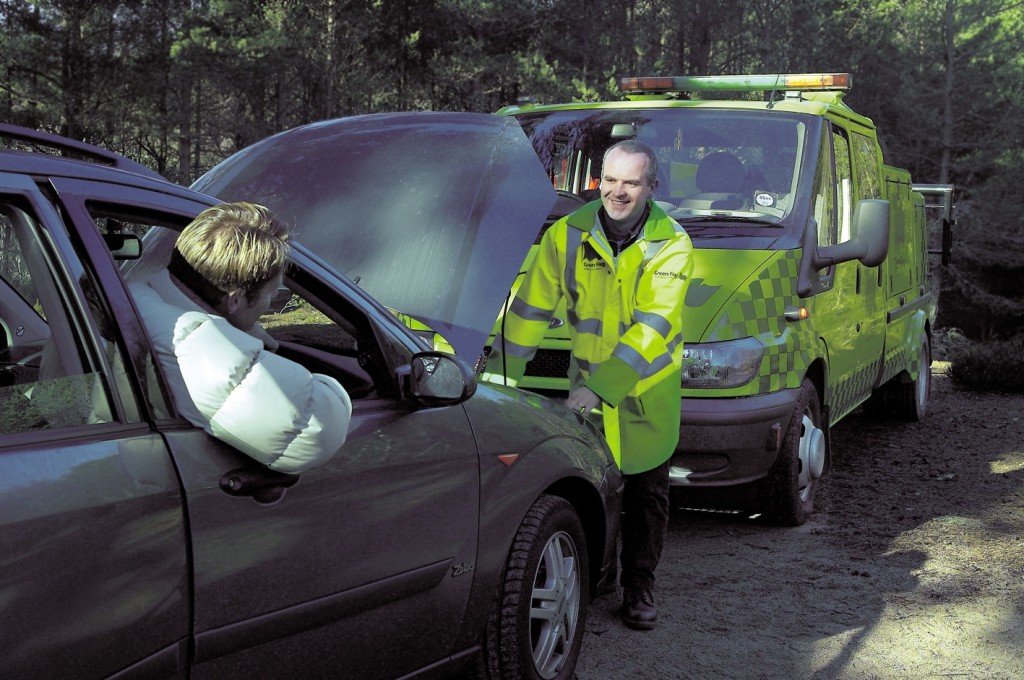
As motorists across the country are packing their suitcases, we’re predicting a seven per cent increase in breakdowns during summer. That means around 150,000 callouts for our mechanics to provide support over the summer.
Continue reading
As motorists across the country are packing their suitcases, we’re predicting a seven per cent increase in breakdowns during summer. That means around 150,000 callouts for our mechanics to provide support over the summer.
Continue reading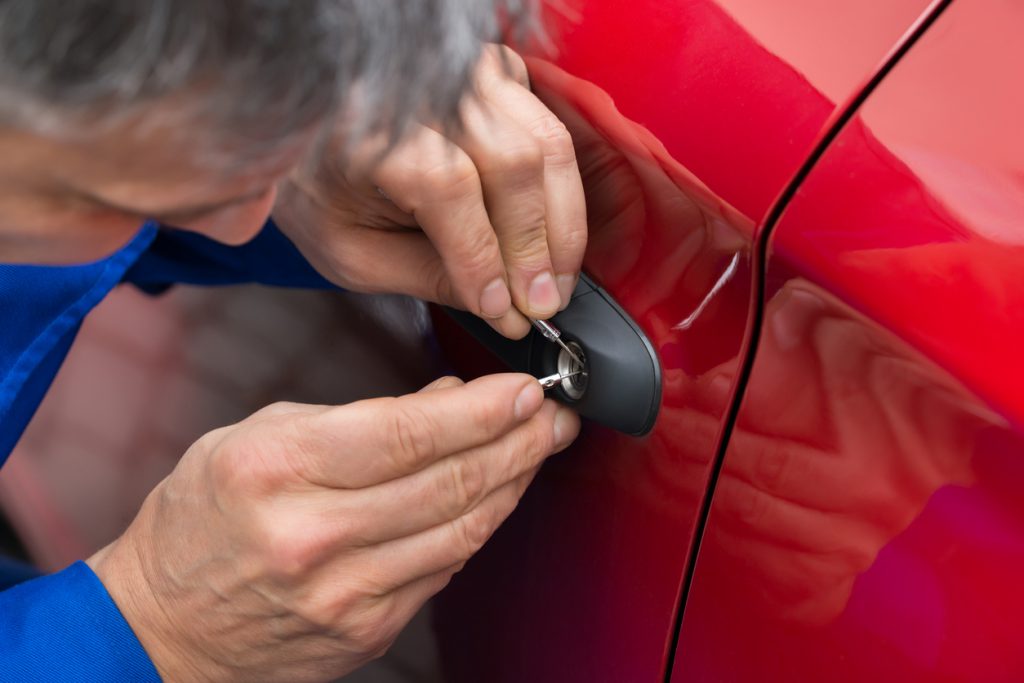
Our research reveals that a car key-related callout took place every seven minutes in 2024. According to our data, two-thirds (62 per cent) of car key callouts were a result of drivers locking their keys in the car. A further fifth of callouts were for keys being jammed in the lock or ignition, whilst 12 per cent were a result of lost keys.
Continue reading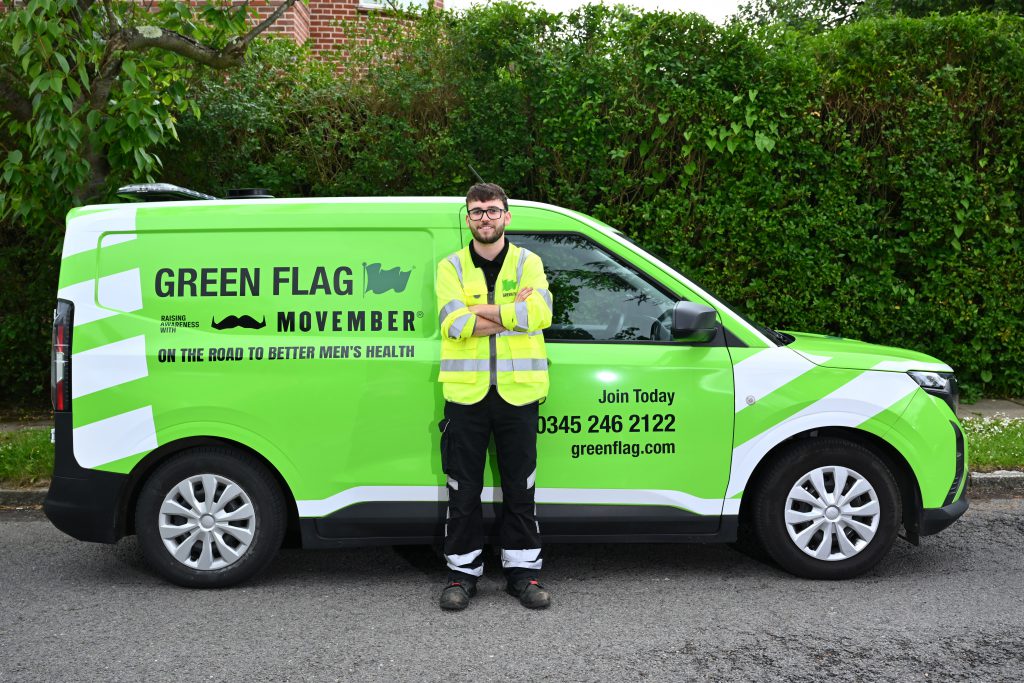
New research from Movember has revealed that British men are more likely to care for their vehicle than their own health.
It’s time to shift gear and start treating men’s health like the priority it is. That’s why we’ve teamed up with Movember to encourage people to fill in the government’s Call for Evidence survey.
Continue reading
Bikes can be a great way to explore while you’re camping, on a road trip, or visiting a specific trail. But if you’re taking your own bike(s), fitting a bike rack can be a bit of a hassle.
So, to help cut down that hassle for you, here’s our handy guide on how to fit a bike rack to your vehicle.
Continue reading
Learning to drive is a big achievement. You can bask in your independence. You can do late-night big Tesco trips. You can drive yourself to training, work, wherever, whenever (with or without Shakira playing).
No pressure, right?
It takes a lot of confidence to take your driving test. So, we’ve put together some tips to help you get in the zone.
Continue reading
This year, we started something new. Our very own Green Flag patrol team.
It’s something we’re incredibly excited about, so we wanted to explain what it is, why we’ve done it, and how it’ll help our customers.
Continue reading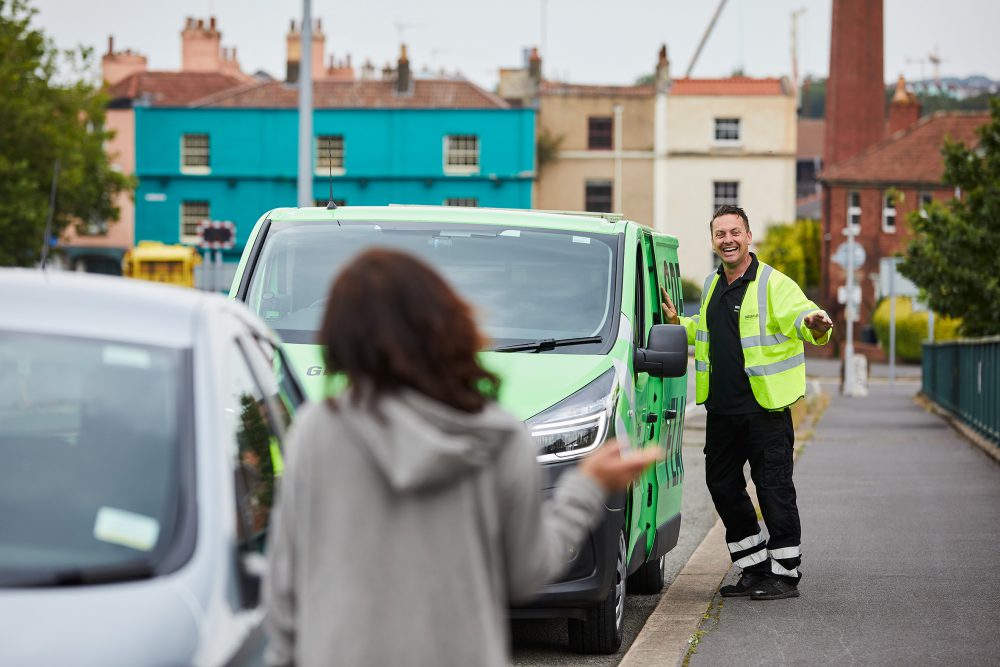
The electric vehicle market is growing. Quickly. And with government plans to phase out new petrol and diesel cars by 2030, the charge of the EV is showing no signs of slowing down.
EVs are exciting, but from a breakdown recovery perspective (one of our favourite perspectives), they are one of the biggest challenges in our industry right now.
Luckily, we like a challenge. That’s why we’re proud to announce that at the end of 2022, more of our technicians became Institute of the Motor Industry Level 3 and 4 qualified to work on EVs.
Continue reading
If you’re wondering what’s on the cards for cars in 2023, all eyes are on innovation.
Will we see a new way of powering our vehicles? Could this be the breakthrough year for self-driving vehicles? Here are the big motoring trends to look out for in 2023.
Continue reading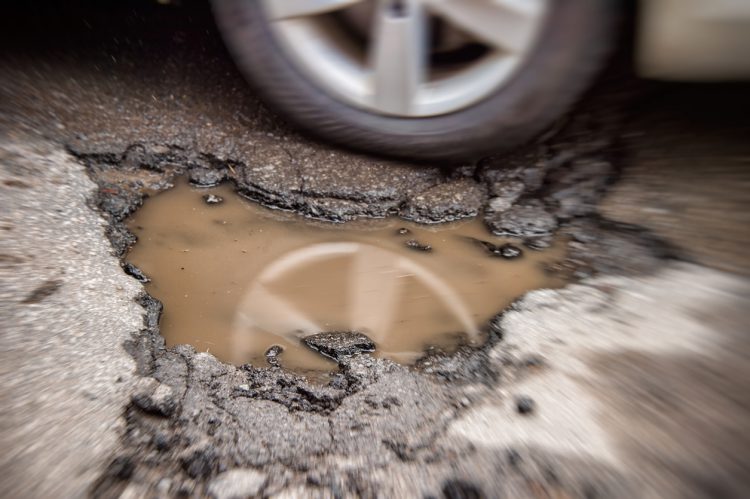
Now’s the time of year when the number of potholes on our roads starts to increase. Winter weather with its extreme temperature variations along with heavy rain and sometimes snow results in more damage to road surfaces. And more holes mean the greater chance that you’ll drive through one and suffer pothole damage to your car in one way or another.
So I thought it would be the perfect time of year to look at pothole damage and what we as drivers can do to spot and limit the effects of it.
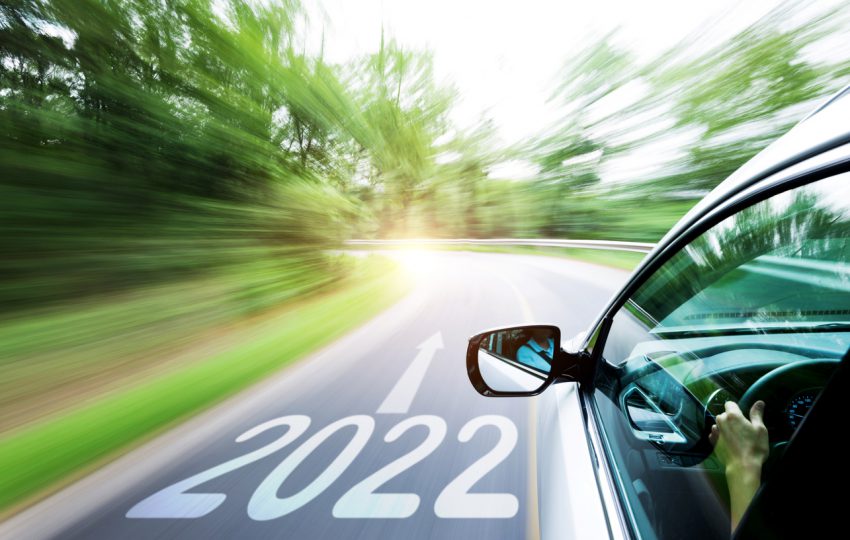
It’s been another challenging year and although motoring isn’t everything, it’s still a crucial part of everyday life. To see how many motoring matters have registered with you this year, take our cunning Christmas quiz.
Continue reading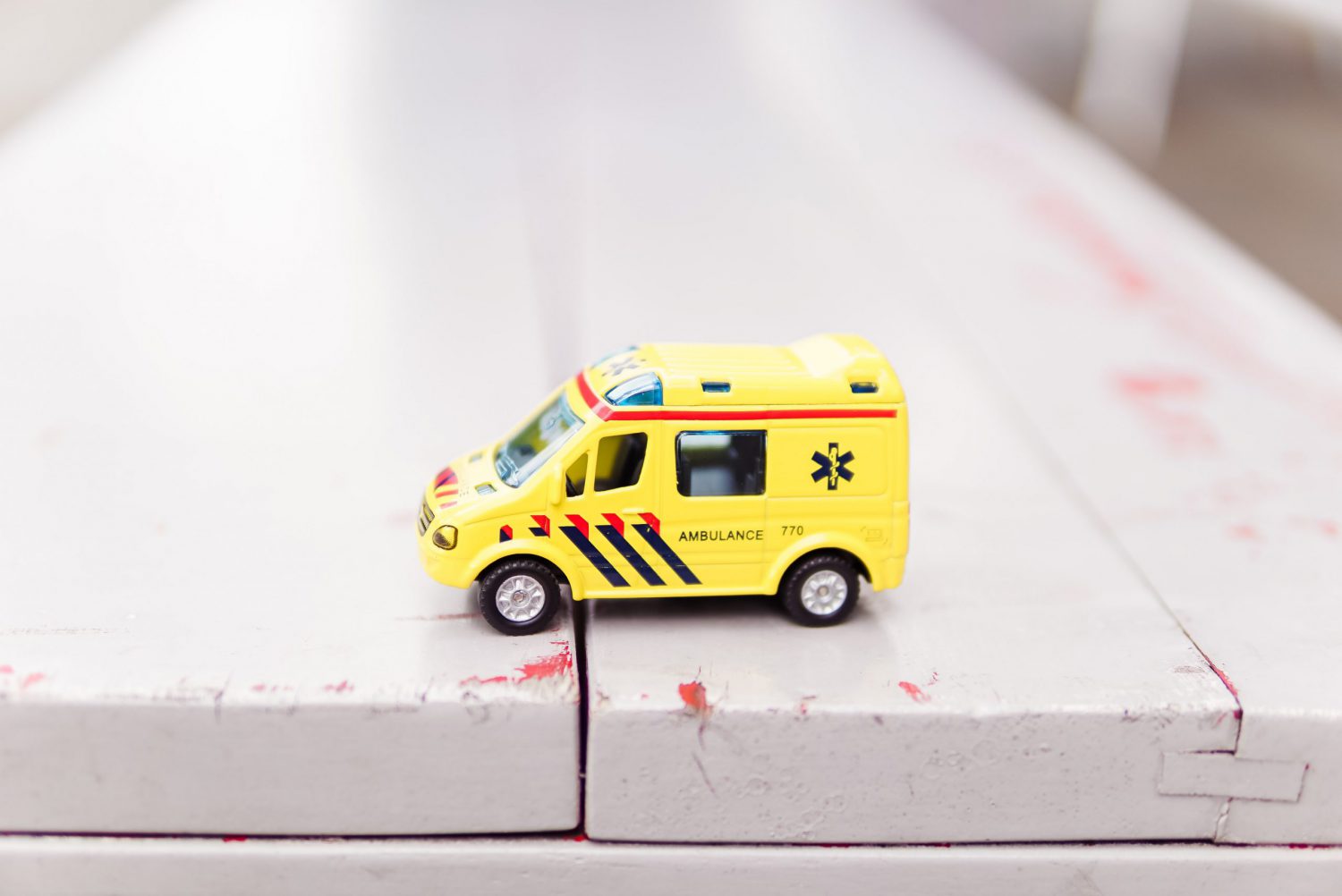
If you don’t have a first aid kit in your car, today’s the day to get one.
We hope it would only ever need to be used for a minor graze here and there. But, if something serious happens, it’s important to have one close by and know how to use everything in it.
Continue reading
Nobody expects (or wants) their vehicle to break down. It’s stressful, it takes up time, it can cost you money if your vehicle needs repairs. Not a great list…
Unfortunately, it happens quite often. Here at Green Flag, we helped with over 500,000 jobs in 2021 alone.
Even though no driver wants to be in that situation, there’s a good chance you’ll have to call on a breakdown cover provider at some point in your life. So, if you don’t have cover already, now may be the time.
That’s why we’ve put all the important info you need about breakdown cover in one place.
Continue reading
Green Flag started around 50 years ago in Bradford, and we’ve always looked to support our local community. So, we were very excited when we recently got the chance to help the Leeds Children’s Charity.
Continue reading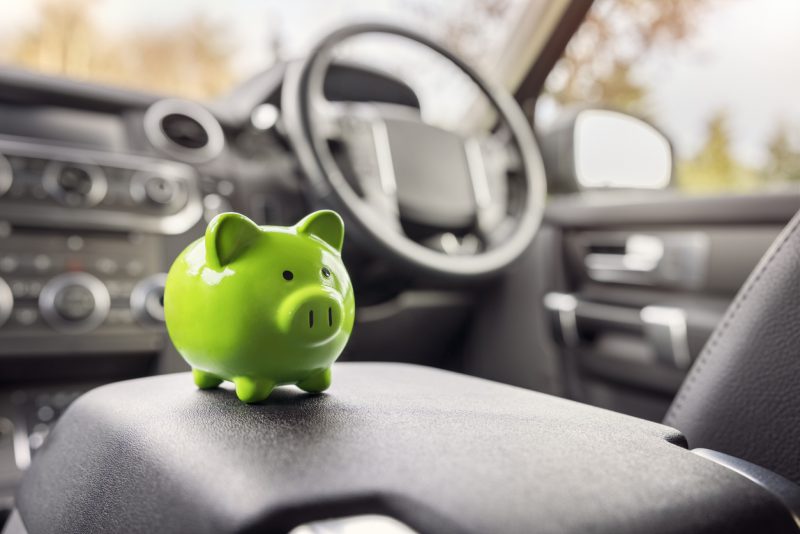
With the price of fuel increasing almost daily, we’ve had a lot of people asking how they can use less fuel driving and get more miles for their money.
There isn’t a magic solution for using less fuel. It’s all about making lots of little savings that combine to result in more miles per gallon.
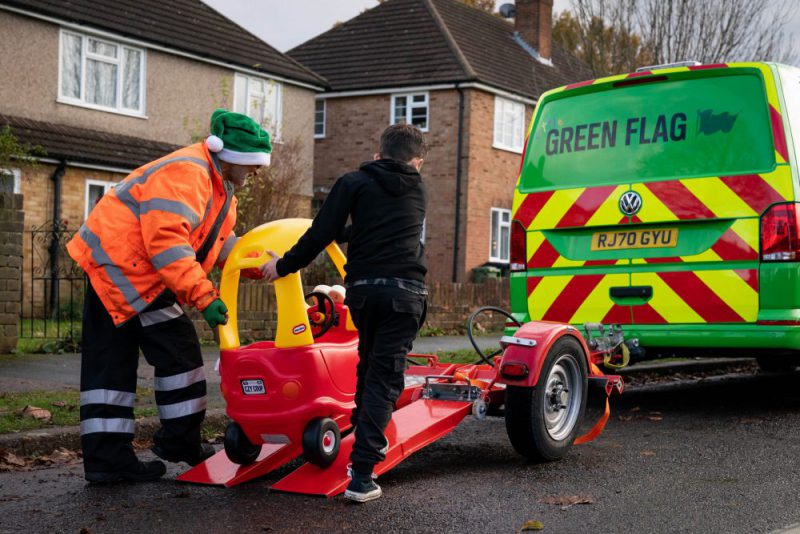
We’re excited to introduce ‘Little Green Flag’, a roadside recovery service that’s a little different to usual.
If a child has outgrown their Little Tikes Cozy Coupe, we’ll recover it, take it to be recycled, and new toy wheels will be gifted to children’s charity, The Toy Project. The Toy Project will then give the toys to disadvantaged families, schools, and nurseries just in time for Christmas.
Continue reading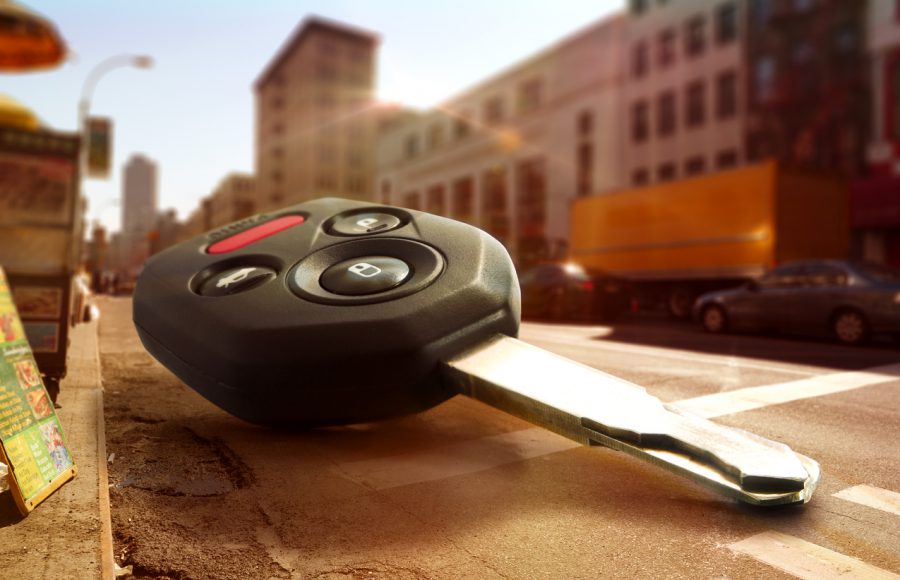
There are few things as frustrating, stressful and potentially expensive as if you lose your car keys. We know because it’s something that we get thousands of calls about from drivers every year. The question is: what do you do about it?
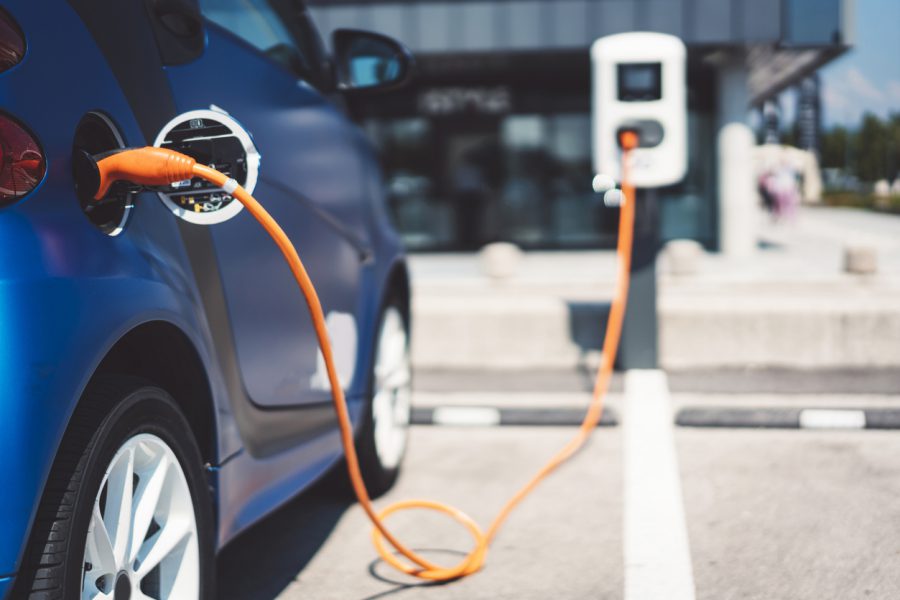
They call it range anxiety when you’re worried that your electric car won’t have sufficient charge in its battery to complete your journey. But what happens if you do then run out of charge? And is there any way you can stop it happening?

With travel abroad still uncertain, many people are staying in the UK. And what better way to enjoy the great British summer than with some scenic drives? Here we look at four possible routes you could take in England, Scotland and Wales. At their heart, all feature roads that are brilliant to drive on with awe-inspiring backdrops and fun activities for all the family.
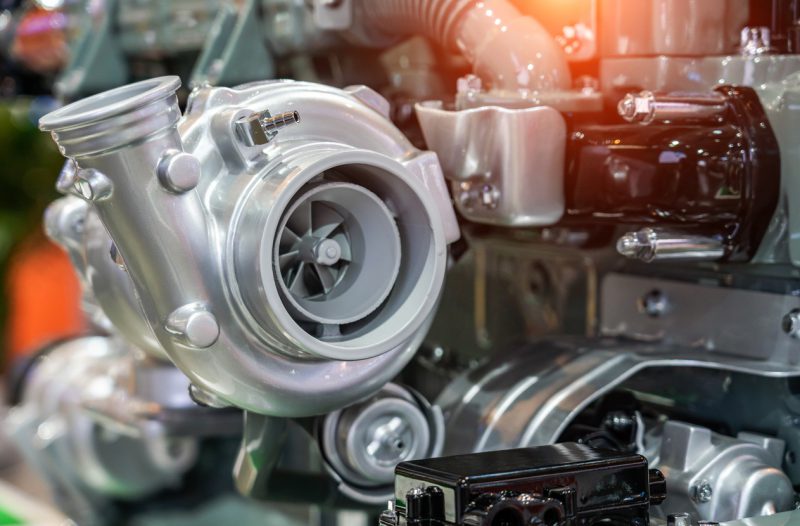
Ever more cars use turbocharging on their engines. And that makes turbo trouble a problem some drivers might face for the first time. A turbo is a way of getting a smaller, more fuel-efficient engine to match the power of a larger capacity unit.
To work their magic, turbos have to work at high speeds, high temperatures and high pressures so they can be susceptible to failures. But if a turbo packs up, the engine won’t necessarily stop. Here I look at what a turbo is and the kinds of problems your turbo car might experience.
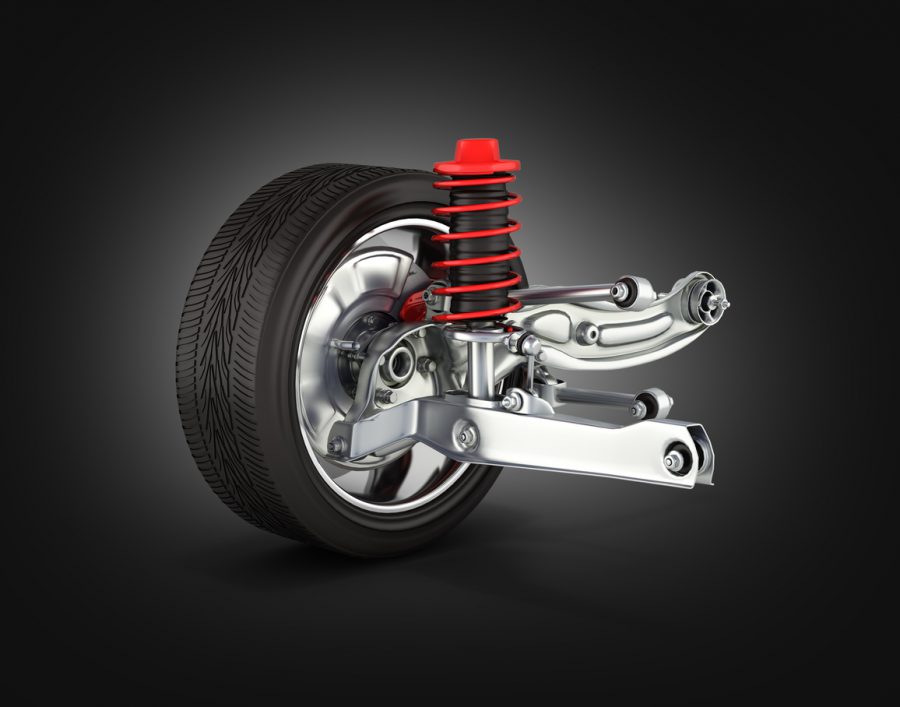
The suspension on our cars is a very hard-working piece of kit. And it’s one we take for granted – until we experience suspension trouble. While we’re driving forwards, the suspension is constantly in motion too, coping with undulations in the road surface and other forces on the car.
It’s the suspension that keeps the car’s road wheels in touch with the ground when we go round corners. And it’s the suspension that helps to insulate the driver and passengers from the outside.
Unsurprisingly with something that’s so busy, cars can suffer suspension trouble. And the number of potholes on our roads seem to be making suspension trouble more likely. Read on to discover how to diagnose it.